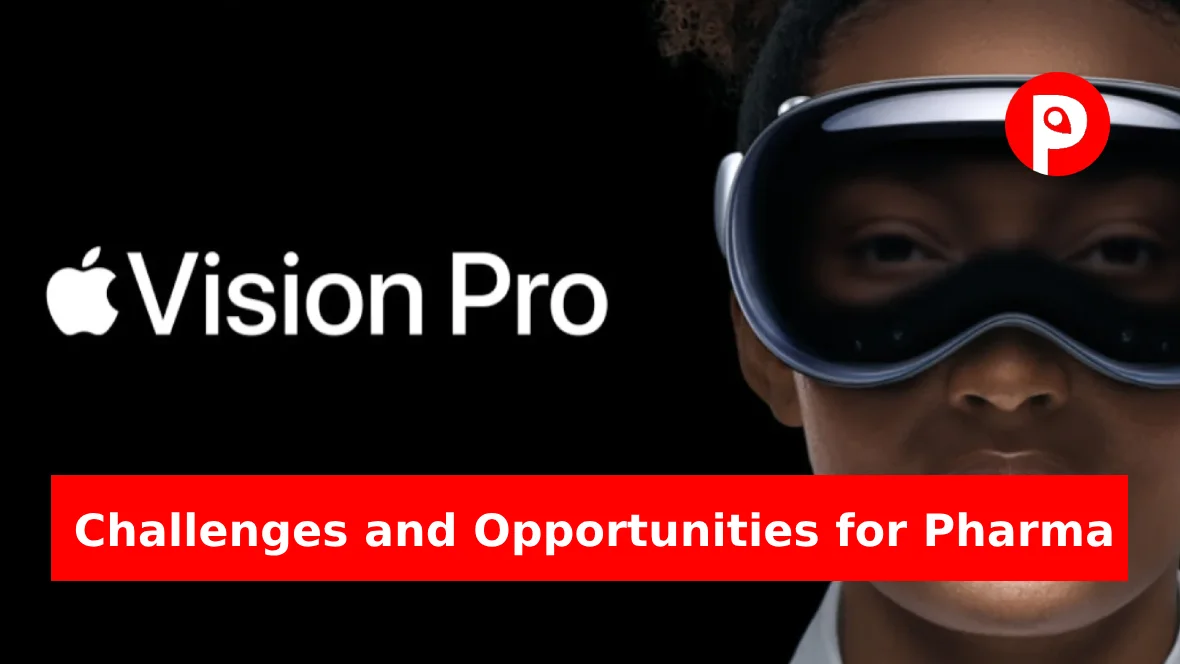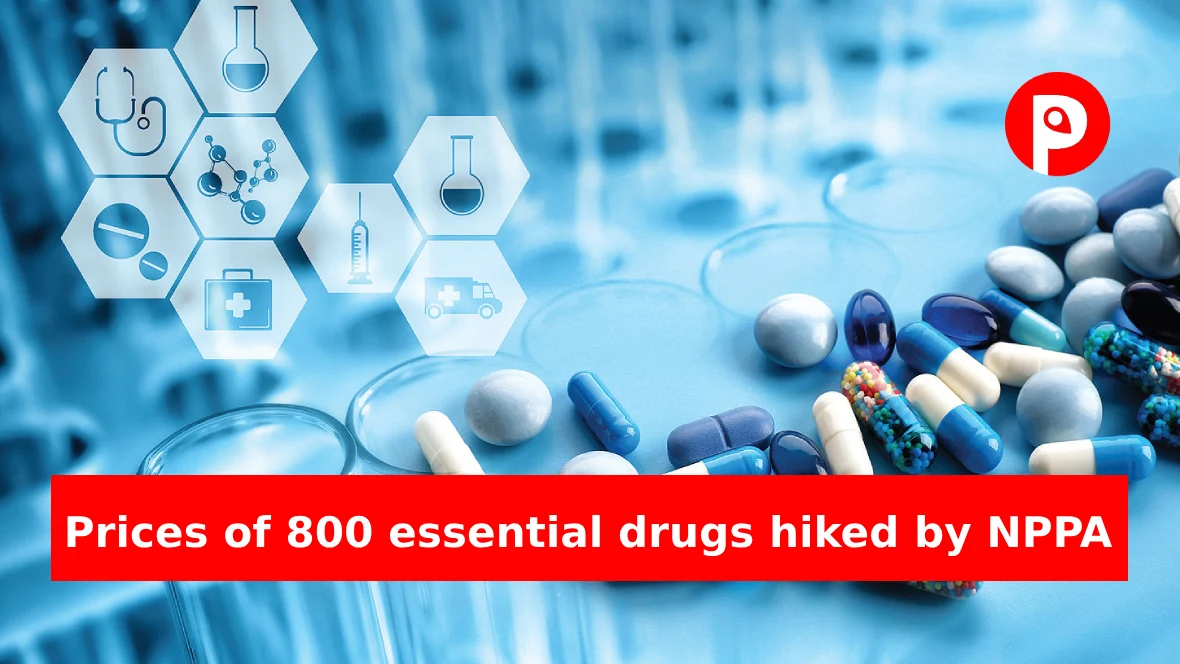Source: PMLive
The launch of the Apple Vision Pro in early 2024 has re-ignite the conversation around virtual reality (VR) and augmented reality (AR) in healthcare – particularly for pharmaceutical companies.
Apple’s headset, announced in mid 2023, was released in the US recently and in other countries later in the year.
Interest in VR and AR – along with a bundle of related concepts such as the metaverse, mixed reality, and headsets like the Oculus Quest – spiked around the end of 2021 when Facebook rebranded itself as Meta.
Companies exploring healthcare – or medicine-specific applications of these technologies saw a similar pattern, with a sharp increase in attention in 2021 and 2022. One example is Osso VR that create surgical training and education modules using the Quest headset.
Since then – at least according to Google Trends and search data – interest has steadily declined.
Apple’s entry into a market, however, tends to galvanise or turbocharge it. I’m old enough to remember queueing outside the Apple store in Regent’s Street to get my hands on the newly launched iPad in 2010, as my agency at the time developed an iPad app for use at congresses.
Initial impressions of the Vision Pro from tech pundits have been glowing and, as with the iPad, we’ll see pharma companies and their agencies look to capitalise on the buzz around the device itself, as well as with the new types of interaction and experience it enables for customers.

Celebrating February as
Pharma Formulations Month
Promotions, Branding, & Marketing opportunities
How will this pan out?
The next few years
Ironically, for a device that promises to abolish distance, the primary use cases for the Vision Pro in the year or two after launch might be to support real-world events or meetings. This is because supplies will be limited and the Vision Pro’s hefty price tag ($3,500 in the US) will limit its adoption among key audiences.
Apple’s new operating system to support the Vision Pro, ‘VisionOS’, allows developers to create three types of experiences. These are ‘Windows’ (basically traditional applications floating in space), ‘Volumes’ (3D models that users can examine, interact with and view from multiple angles) and ‘Spaces’ (fully immersive environments for users to explore).
In 2024 and 2025 we may see pharma companies using this new ‘spatial computing’ platform to overlay a congress booth or experience with additional information, create 3D models showing anatomical features or medical devices or build immersive environments such as virtual clinics or 360° mode-of-action animations.
2025 and beyond
In the medium- to long-term, Apple is likely to release smaller, faster and cheaper VR headsets built on the VisionOS platform. We’ll also see improved devices from companies such as Meta and Microsoft (whose HoloLens device is already targeted at business users).
Together, these headsets will gain wider adoption and reach in healthcare contexts, with medics using personal devices or those provided by a hospital or clinic. VR and AR will become increasingly embedded in healthcare professionals’ (HCPs) personal and professional lives.
For pharma, AR and VR will impact and augment traditional forms of interaction such as MSL meetings and eLearning. But new platforms and devices (from TV to the smartphone) tend to generate new formats. Therefore, the growth of VR will present opportunities for the more innovative companies to pioneer new experiences and new ways of interacting with HCPs.

Celebrating February as
Pharma Formulations Month
Promotions, Branding, & Marketing opportunities
Longer term
When the Android operating system and the iPhone launched in 2007, no one could imagine how smartphones, social media platforms, always-on connectivity and the app ecosystem would come together to revolutionize our daily lives.
VR is likely to be another of these transformative technologies. In its turn, it will combine with LLMs, generative AI and blockchains to create new forms of experience and interaction for users.
Devices like the Vision Pro promise to provide an opportunity to live in virtual and augmented worlds – but medicine and healthcare are, of course, stubbornly concerned with our physical selves and the frailties of the human body.
It will be fascinating to see how this tension develops. Will progress in haptic technologies keep pace, allowing medics to practise procedures or examine patients with physical, as well as visual, feedback? Will wearables like the Apple Watch, which Apple is already positioning as a device for HCPs to support patient care, allow an augmented view of the patient?
More generally, how will Big Tech’s increasing interest in healthcare – one of the few untapped markets big enough to offer it significant revenue growth – impact all these trends?
At Health Unlimited, we’re excited to support existing and new clients as they explore the challenges and opportunities of this emerging space.











